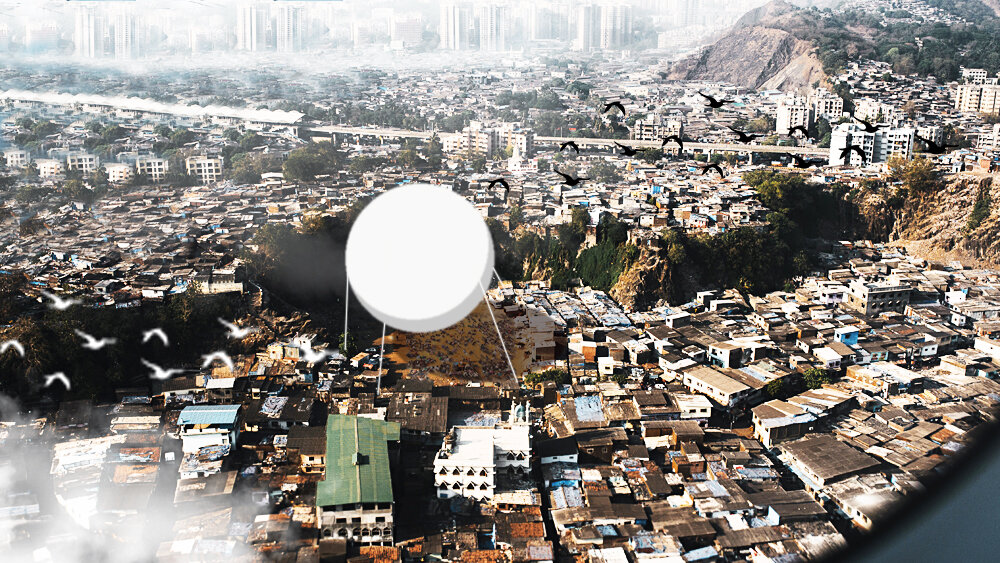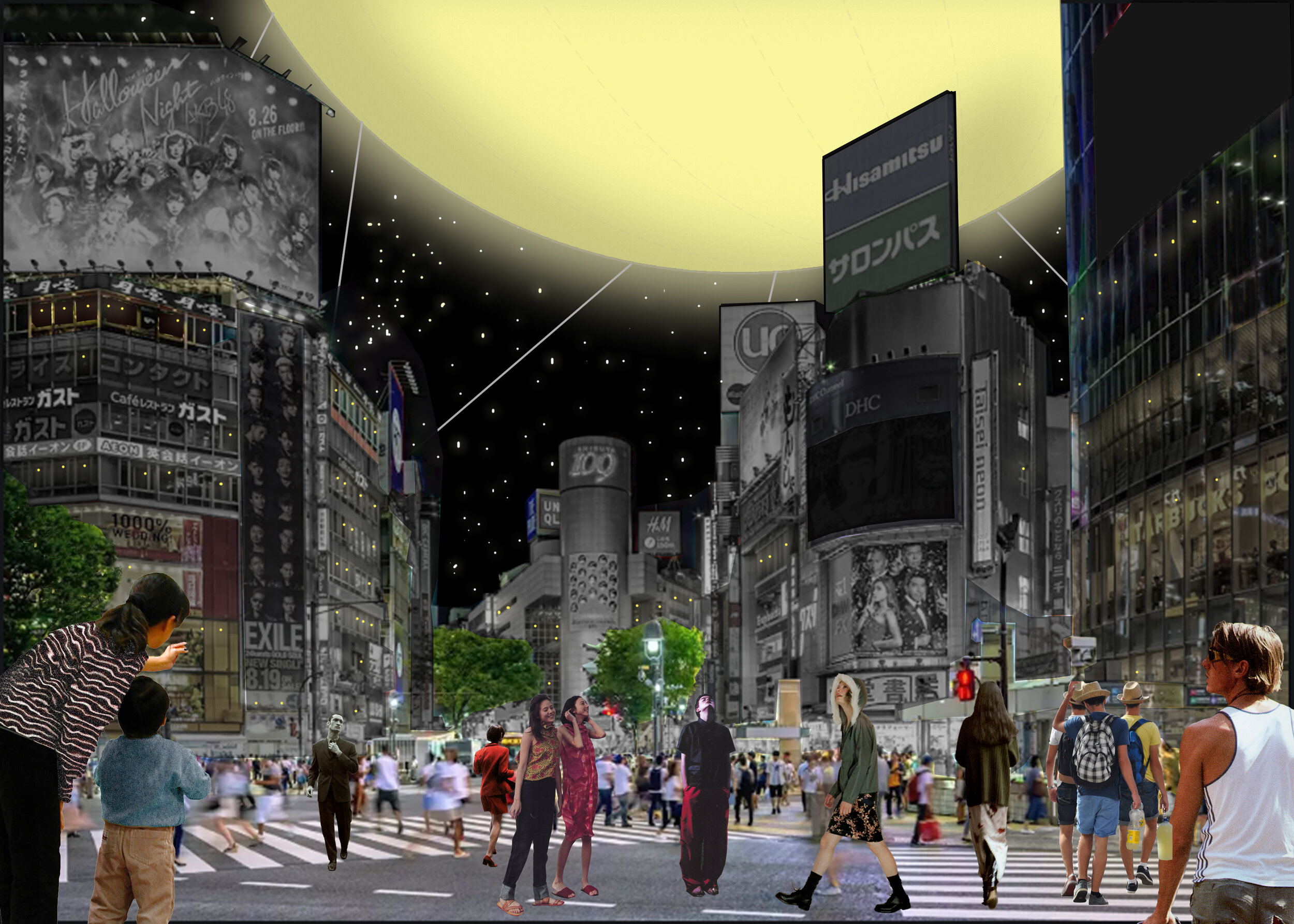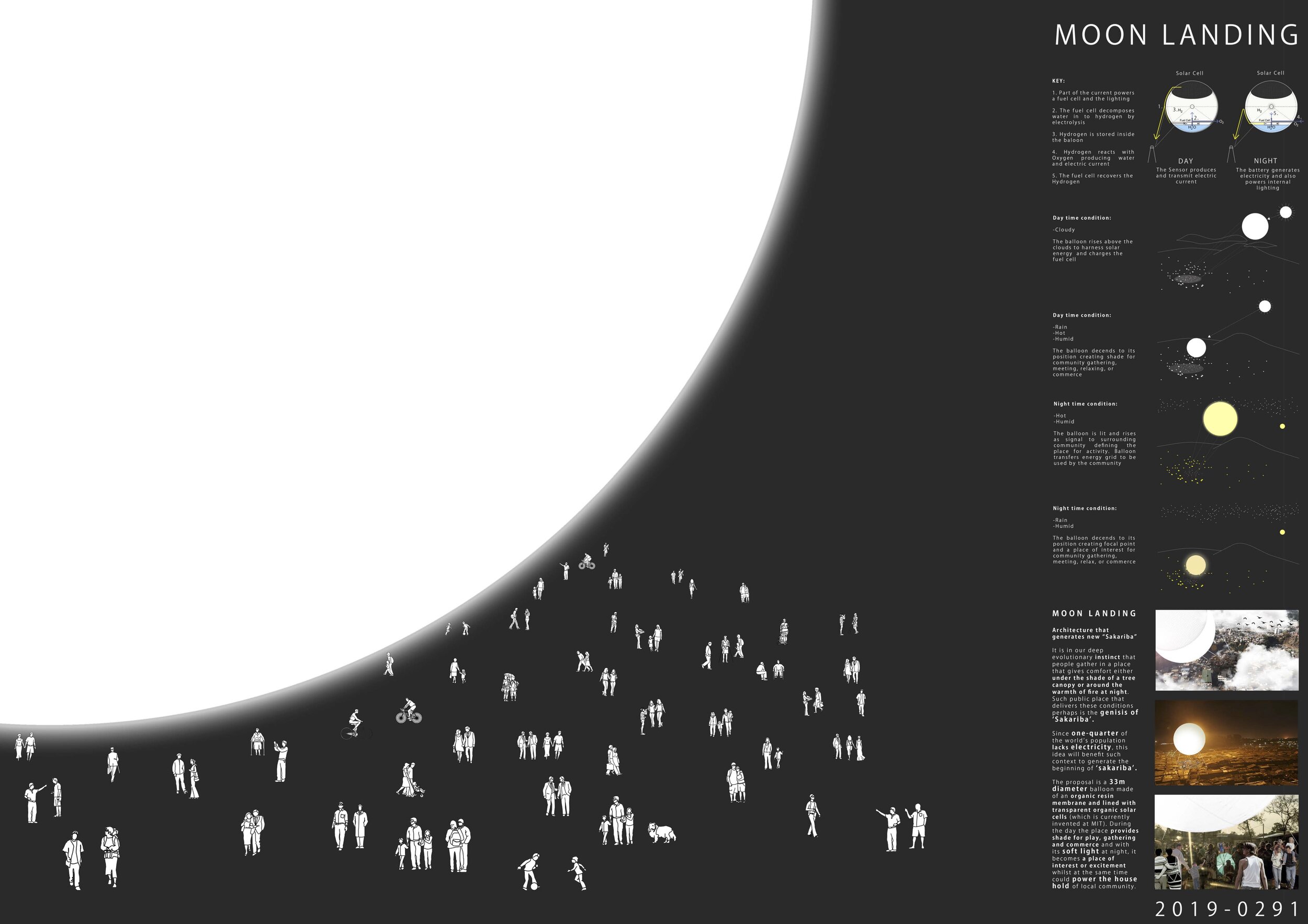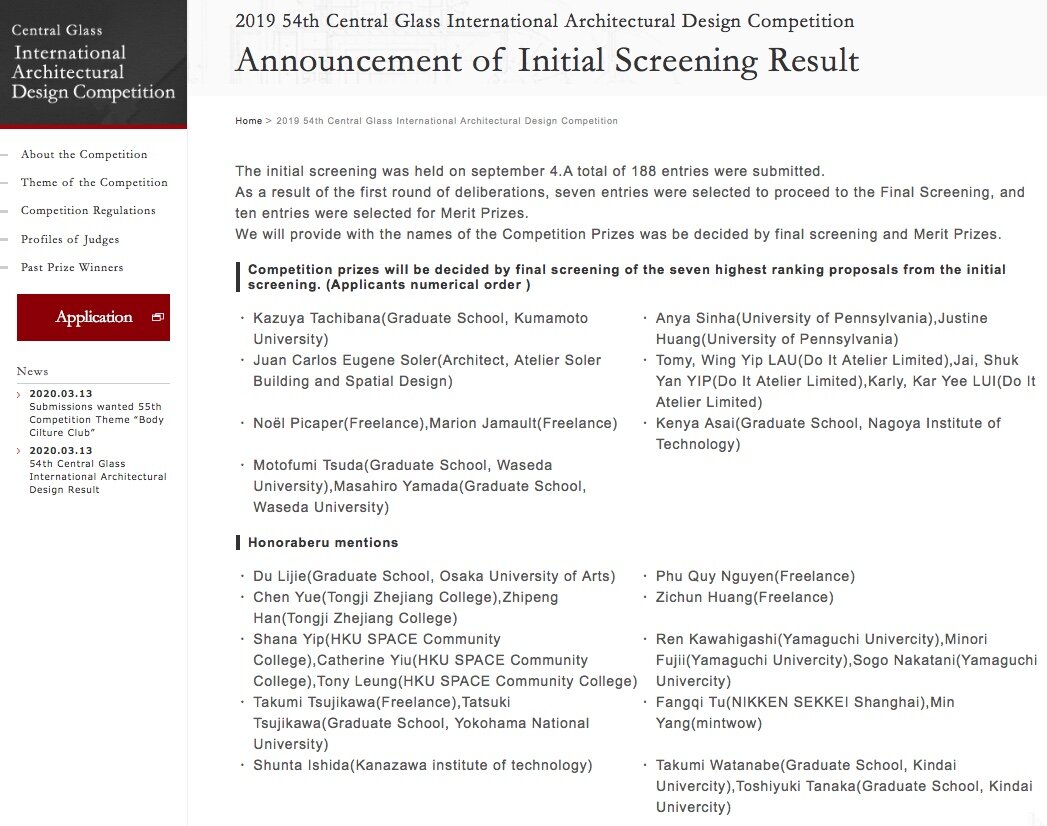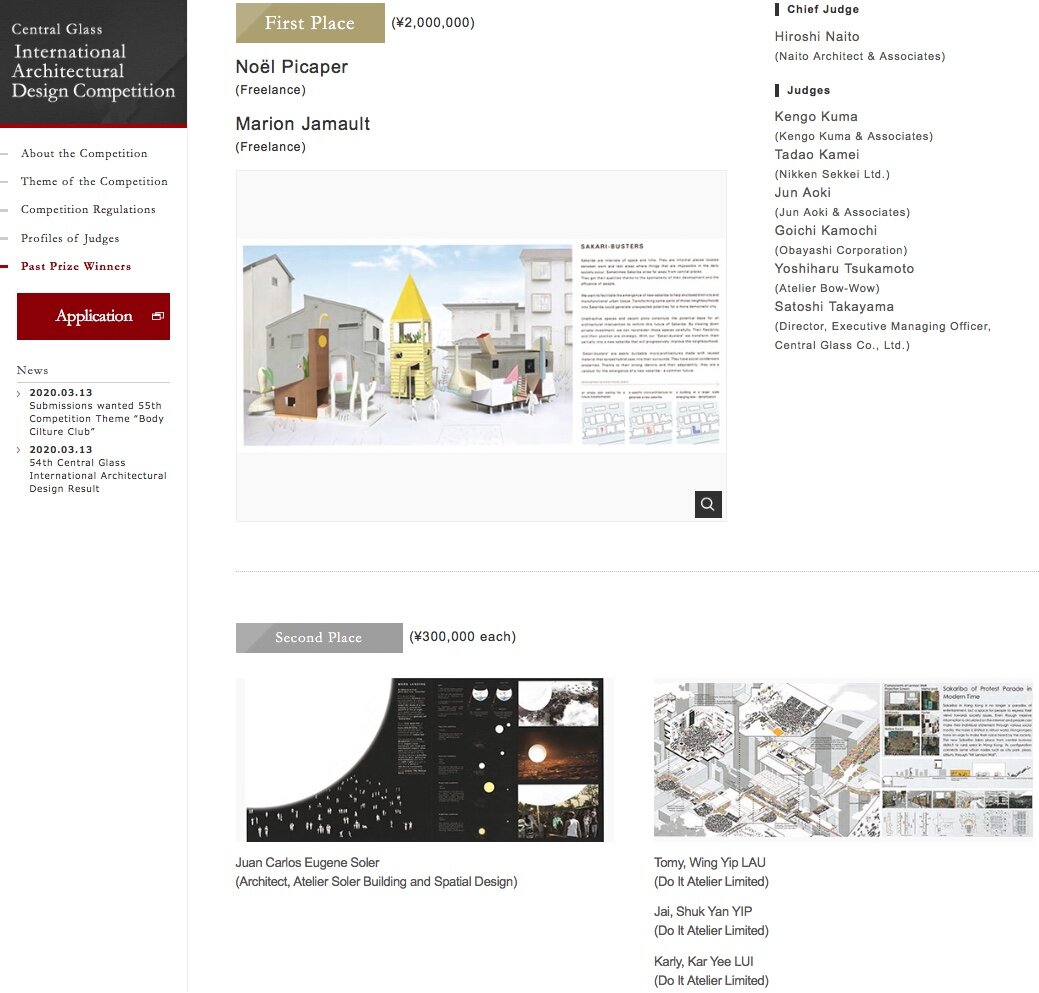... Queensland Australia ... James Russell
James Russell, Brisbane, Australia : Glenn Murcutt Master Class 2008
[ private house : urban : heritage context : tropical : permeable ]
Brooke Street House, Fortitude Valley, Queensland, Australia

Nestled between two 19th-century state-heritage-listed buildings in Fortitude Valley, the Brookes Street house is a modern, raw, cubby-like home for a family of four.

A major challenge in constructing the project was to create a secure and green inner sanctum amidst the chaos of two major arterial roads that link the city of Brisbane. The site was initially a tract of car- parking space wedged between the listed buildings. The site’s total width is a narrow 5.6 metres.

While high-density development was permitted under the planning scheme, we decided that a small- scale proposal that enhanced the experience of the heritage-listed buildings was more appropriate. The building is set back over 16 metres from Brookes Street to create entry across a forecourt. This unites the listed buildings, the office in front of the church, and the home.

The new building is a tall, narrow structure grafted to the side of the church. With double-height glass facing the street, it recedes into the shadows of its neighbour. Tucked under the house is a small commercial space opening onto the landscaped forecourt.
Access to the house is via a staircase adjacent to the office. The entrance to the home is subtle — barely noticeable from busy Brookes Street. Once through the threshold, one enters a private and secure world. The stairs lead straight up into the heart of the home: a central, open courtyard of green grass bathed in sunlight. The house wraps around three sides of the grass, with the church wall and stained glass windows forming the fourth wall. Living spaces sit on either side of the courtyard, one a less formal play room and the other with the kitchen and ‘grown-up’ lounge.
Above the living areas are the sleeping areas: the children’s above the playroom, and the parents’ suspended over the kitchen and lounge. A narrow bridge connects the two bedroom wings and overlooks the grass. Bathrooms and the laundry are concealed in cupboards running along the side of the bridge.


Walls of glass slide away completely at the edges of the living spaces, creating a fluid connection between the grassed and roofed areas.
Upper level windows are push-out timber flaps, which also act as eaves for the sun and protection from rain.
Raw industrial materials of concrete and steel make up the shell of the building. These materials are enriched by the refined timber joinery of the interior.
As on a boat, the inhabitant is required to be an active participant, adjusting openings to suit changing weather and seasons.
The project reflects a resourceful use of a limited space to create a functional yet inspiring and sustainable space to live.




